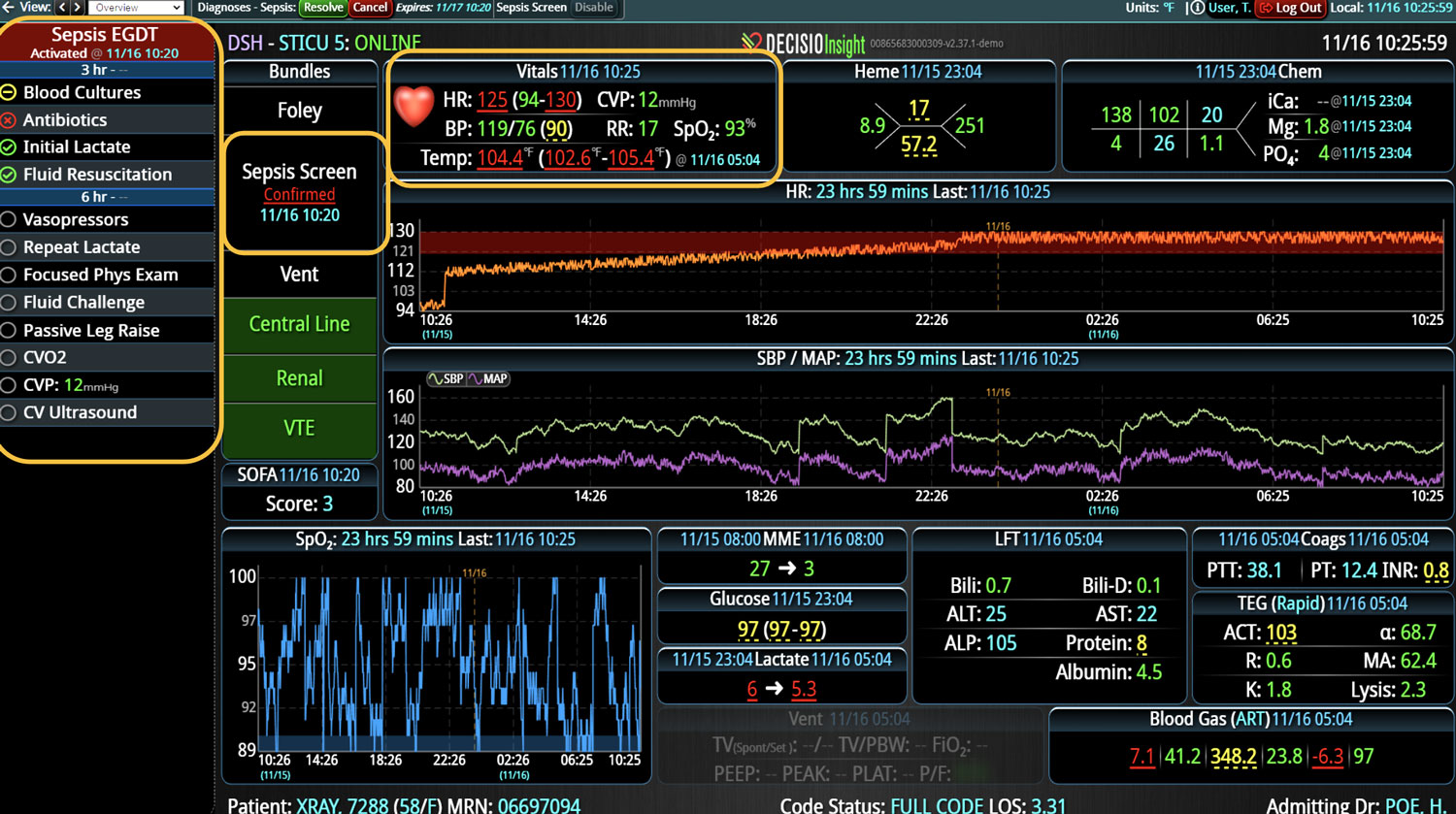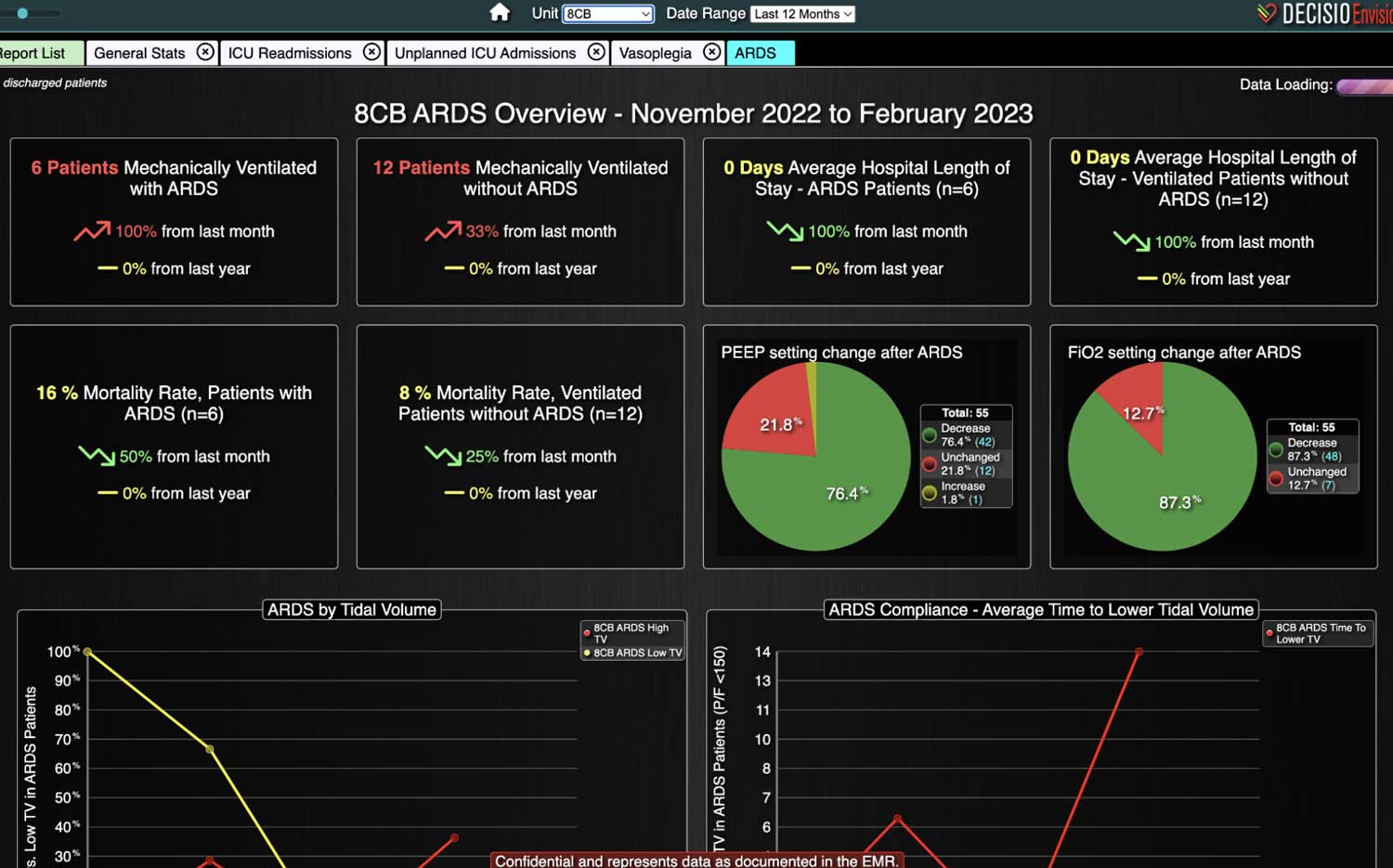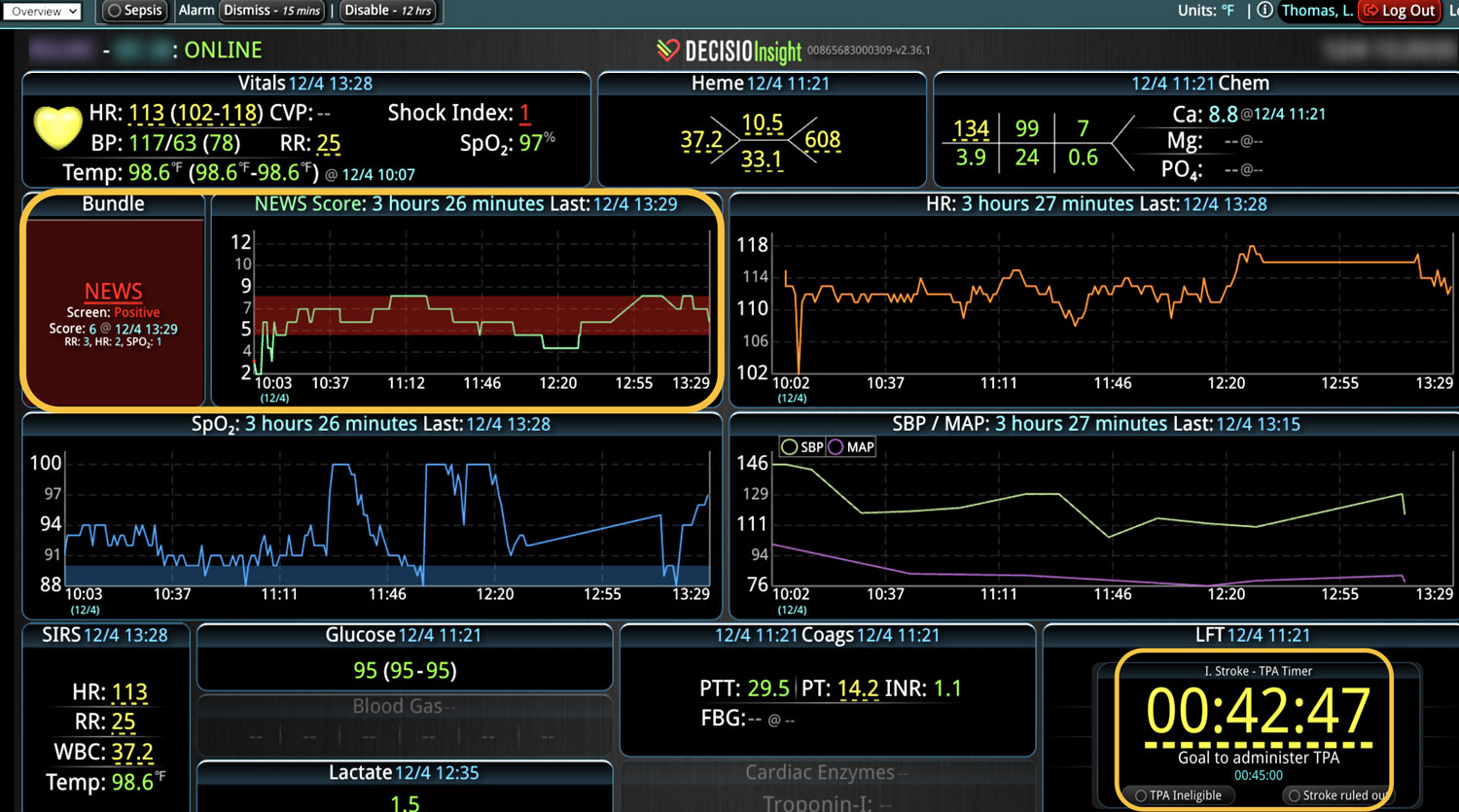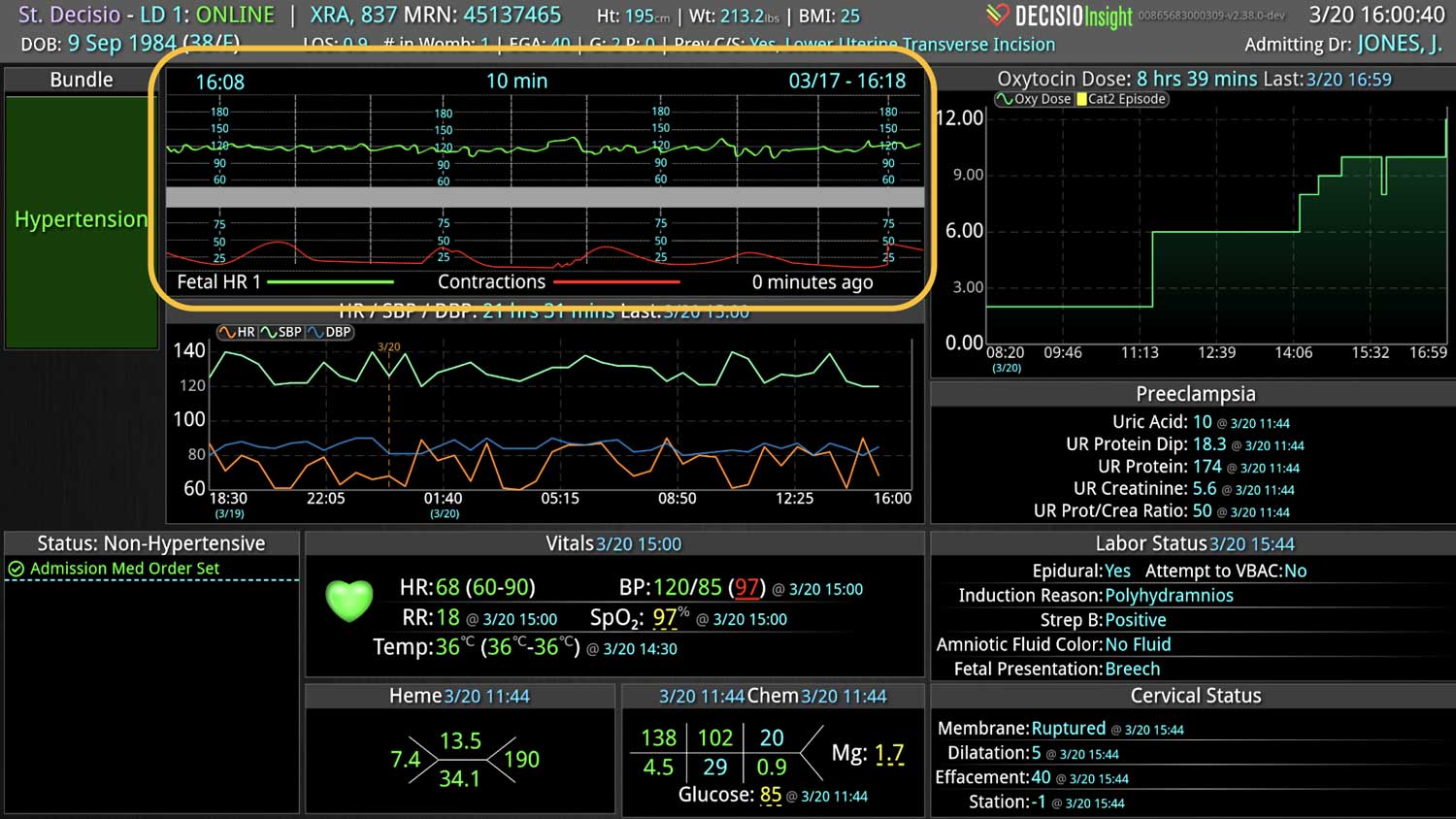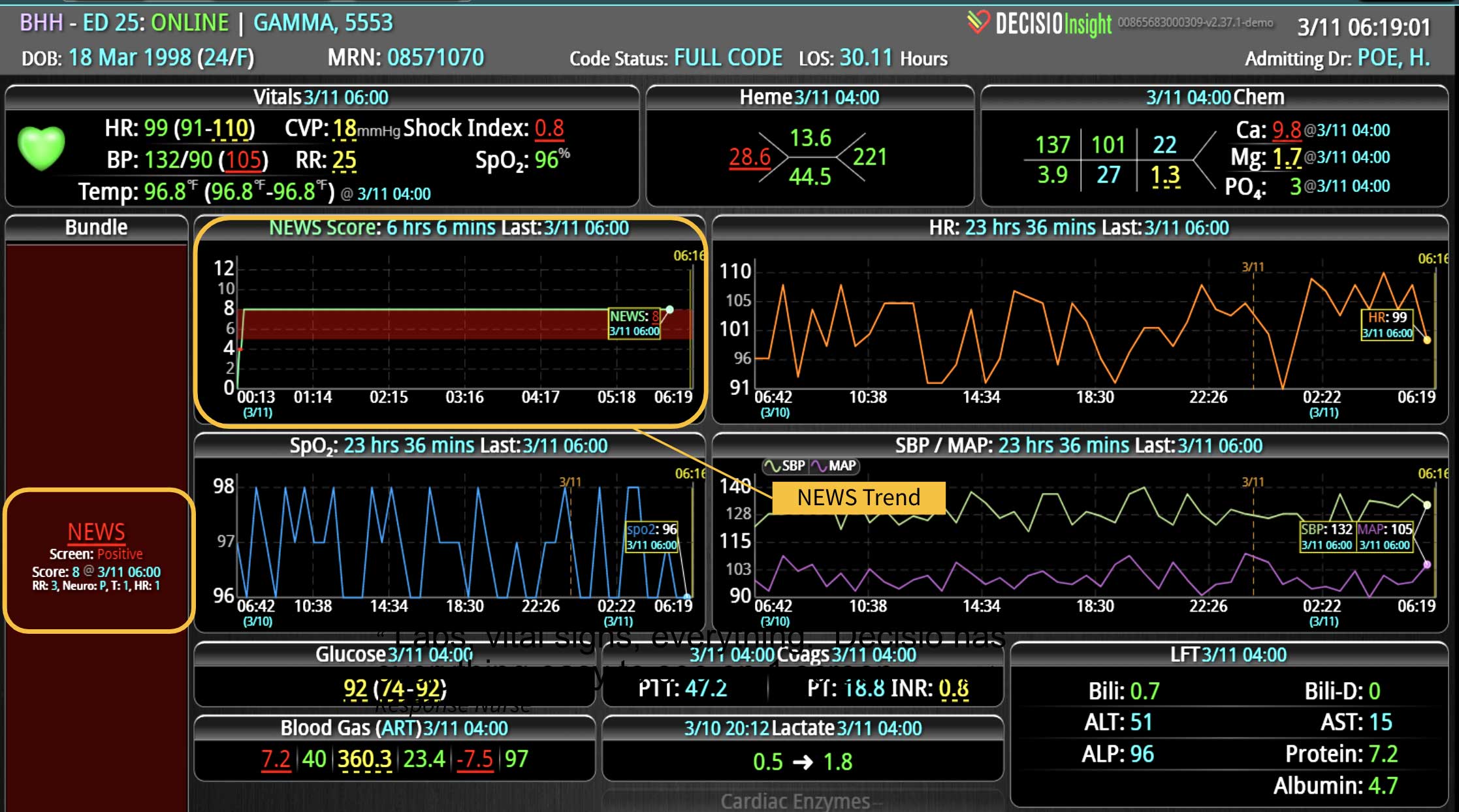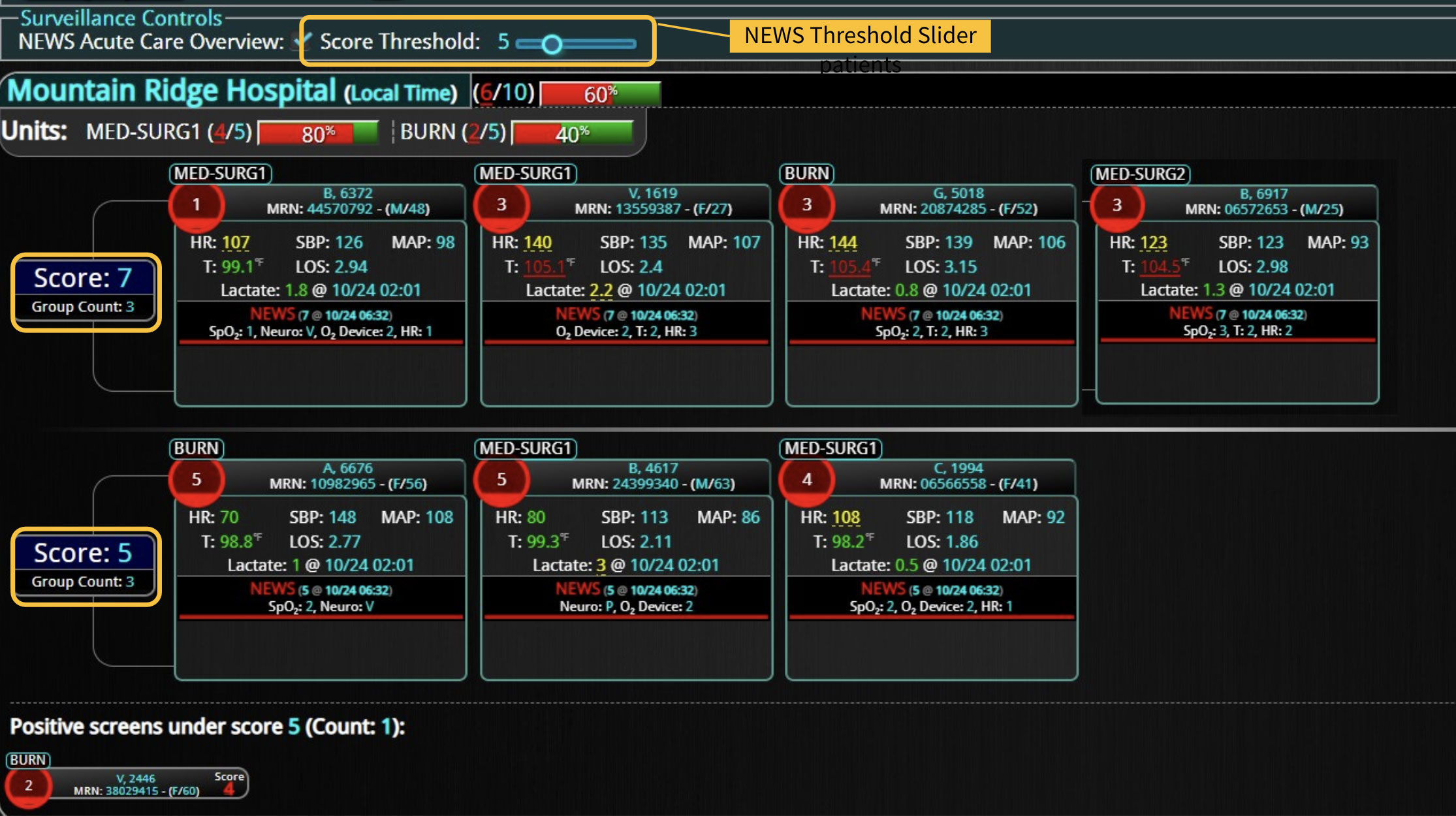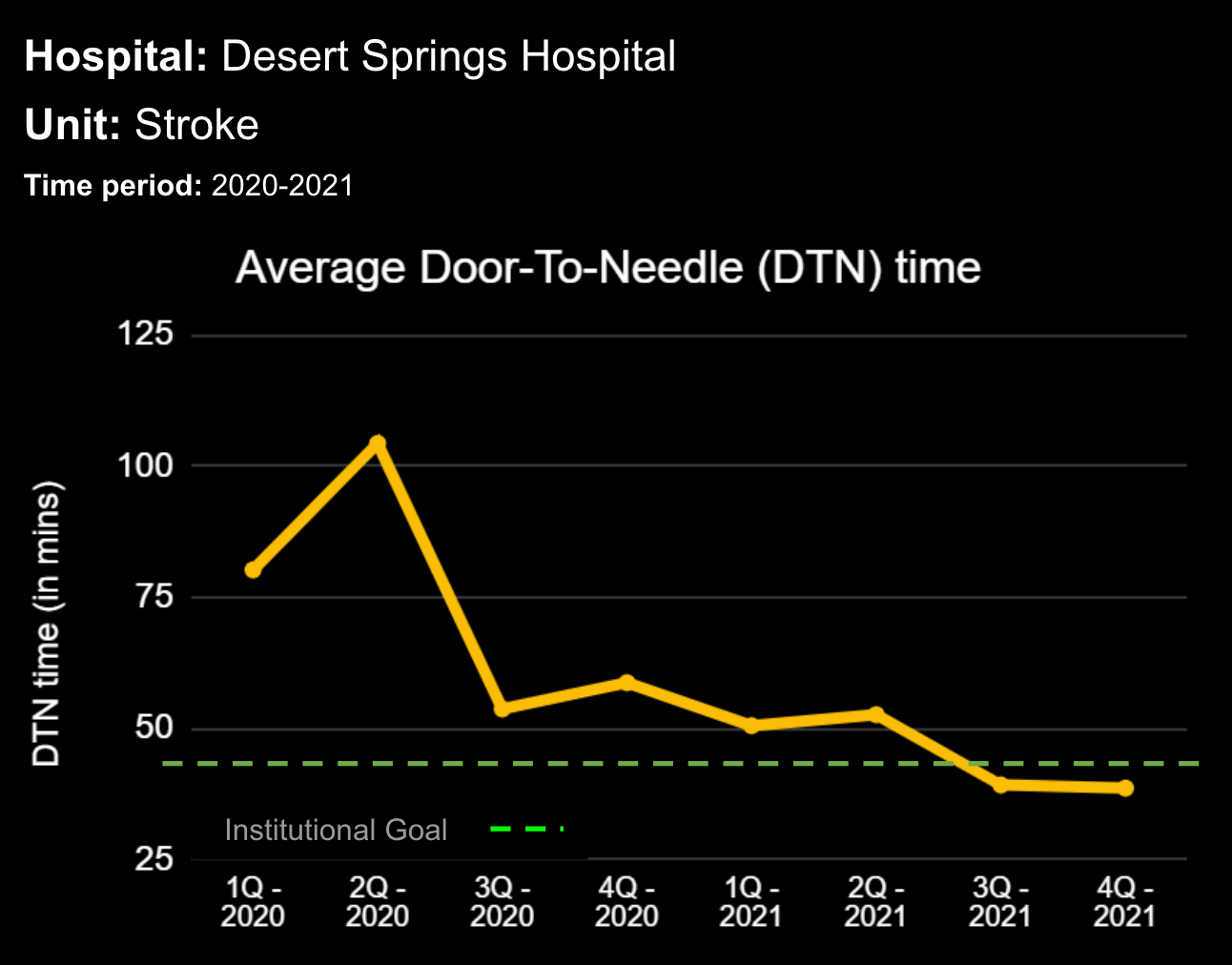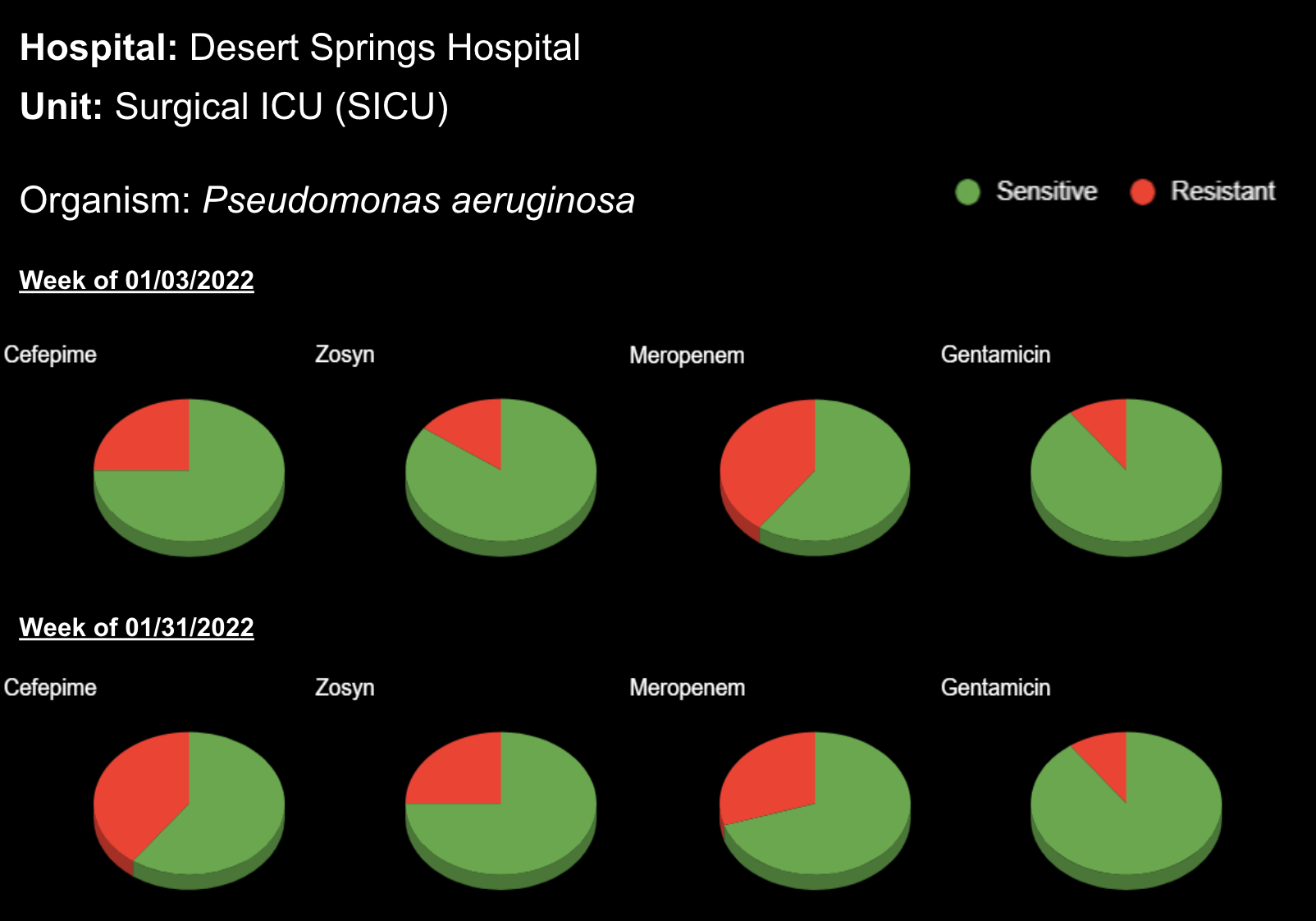
23 Aug Boost SEP-1 Compliance: How Clinical Decision Support Tools Improve Sepsis Management

Boost SEP-1 Compliance: How Clinical Decision Support Tools Improve Sepsis Management
Sepsis is a life-threatening condition that requires rapid identification and treatment. To improve sepsis care and outcomes, the Centers for Medicare & Medicaid Services (CMS) established the SEP-1 quality measure. This article examines how clinical decision support (CDS) tools can enhance compliance with SEP-1 guidelines and improve sepsis management, with a focus on Decisio Health’s InsightIQ solution.
Understanding SEP-1 and Sepsis Management Guidelines
The SEP-1 measure requires hospitals to report on the management of patients with severe sepsis or septic shock. Key components include a 3-hour bundle (obtaining blood cultures, administering antibiotics, measuring serum lactate, and administering fluids) and a 6-hour bundle (re-measuring serum lactate if initially elevated)[1]. Compliance with the SEP-1 bundle has been associated with reduced in-hospital mortality from 27% to 22%[2].
Challenges in Achieving SEP-1 Compliance
Healthcare organizations face several barriers to implementing sepsis protocols effectively. These include nursing staff shortages, challenges in identifying sepsis, and institutional resource constraints[3][4][5]. These obstacles can significantly hinder the timely and accurate implementation of sepsis management protocols.
Clinical Decision Support Tools for Sepsis Management
Clinical decision support tools are designed to assist healthcare providers in making informed decisions about patient care. In the context of sepsis management, CDS tools can provide real-time alerts for potential sepsis cases, integrate with electronic health records (EHRs) to streamline documentation and workflow, offer evidence-based recommendations for treatment, and facilitate compliance tracking and reporting[6].
Benefits of Using CDS Tools for SEP-1 Compliance
Implementing CDS tools can significantly improve SEP-1 compliance and sepsis management in several ways:
- Timely Identification of Sepsis Patients: CDS tools can integrate with EHRs to provide real-time alerts for potential sepsis cases, enabling early intervention.
- Streamlined Documentation and Workflow: These tools automate documentation processes, reducing administrative burden and ensuring accurate reporting.
- Improved Compliance and Patient Outcomes: Studies show that CDS tools can significantly improve adherence to the SEP-1 bundle and lead to better patient outcomes.
- Enhanced Sepsis Awareness and Education: CDS tools serve as centralized repositories of information, providing easy access to the latest sepsis guidelines and best practices[7][8][9].
Decisio Health InsightIQ: A Powerful CDS Solution
Decisio Health’s InsightIQ is a comprehensive clinical decision support tool designed to improve SEP-1 compliance and enhance sepsis management. Key features include:
- Remote Patient Monitoring and Clinical Surveillance: InsightIQ uses continuous smart bedside monitoring to assist clinical teams in efficiently identifying at-risk patients and complying with established protocols.
- EHR Integration: The tool integrates with electronic health records to aggregate, display, and manage patient data in a user-friendly visual workflow.
- Early Sepsis Detection: InsightIQ continuously monitors patient vitals, lab data, medication orders, and clinical documentation to generate real-time sepsis risk scores.
- Embedded Clinical Protocols: The platform comes with a library of digitized protocols supporting the spectrum of care, including sepsis management.
- Workflow Optimization: InsightIQ organizes and presents real-time patient data in a synchronized snapshot, reducing click fatigue and improving collaboration among healthcare teams.
- Automated Compliance Tracking: The tool can automatically track and report on SEP-1 compliance, providing healthcare organizations with necessary data to monitor performance and identify areas for improvement[10][11][12][13][14].
Best Practices for Implementing CDS Tools
To maximize the benefits of CDS tools for SEP-1 compliance, healthcare organizations should consider the following best practices:
- Deliver CDS in the most appropriate ways
- Develop effective governance structures
- Consider use of incentives
- Be aware of workflow
- Keep content current
- Monitor and evaluate impact
- Maintain high-quality data
- Consider sharing content[15]
Overcoming Barriers to CDS Adoption
Common barriers to CDS adoption include lack of time, economic constraints, lack of knowledge of the system, reluctance to use the system in front of patients, obscure workflow issues, and lack of agreement on the reliability of the information. Strategies to overcome these barriers include improving the human-computer interface, summarizing patient-level information effectively, and providing system-wide guidance on CDS integration[16][17].
Measuring ROI and Impact of CDS Tools
Calculating the return on investment (ROI) for CDS tools is crucial for justifying the investment and securing stakeholder buy-in. Key metrics may include reduction in sepsis-related mortality, decreased length of hospital stay, improved SEP-1 compliance rates, and cost savings associated with early intervention and reduced complications[18][19].
Conclusion
Clinical decision support tools, such as Decisio Health’s InsightIQ, offer significant potential for improving SEP-1 compliance and enhancing sepsis management. By providing timely identification of sepsis patients, streamlining documentation and workflow, and delivering evidence-based recommendations, CDS tools have become valuable assets in the effort to improve sepsis care and meet regulatory requirements.
To maximize the benefits of CDS tools, healthcare organizations should carefully select and implement solutions that align with their specific needs and workflows, address barriers to adoption, continuously monitor and evaluate impact, and integrate sepsis management efforts into broader quality improvement initiatives. By leveraging the power of clinical decision support tools and following best practices for implementation, healthcare organizations can significantly enhance their ability to deliver high-quality, timely care to patients with sepsis, ultimately improving outcomes and saving lives.
Sources:
[1]: https://www.ncbi.nlm.nih.gov/pmc/articles/PMC9448659/ “Improving Compliance with the CMS SEP-1 Sepsis Bundle at a Community-Based Teaching Hospital Emergency Department”
[2]: https://www.idsociety.org/news–publications-new/articles/2023/new-recommendations-to-improve-sepsis-outcomes/ “New Recommendations to Improve Sepsis Outcomes”
[3]: https://pubmed.ncbi.nlm.nih.gov/18075366/ “Barriers to implementing protocol-based sepsis resuscitation”
[4]: https://openresearch.lsbu.ac.uk/download/823351586ef891424f31ea152c8cb1db65042aadd1fb8c09b79bac1aea4bee83/57036/BJN%20sepsis%20paper%20final%20submission.docx “Barriers to implementation of the Sepsis Six guidelines in an acute”
[5]: https://www.apicareonline.com/index.php/APIC/article/view/1096/2567 “Overcoming barriers to implement surviving sepsis campaign”
[6]: https://www.ncbi.nlm.nih.gov/pmc/articles/PMC6724457/ “Clinical Decision Support for Early Recognition of Sepsis”
[7]: https://www.ncbi.nlm.nih.gov/pmc/articles/PMC8908200/ “Computerized Clinical Decision Support Systems for the Early Recognition of Sepsis”
[8]: https://www.facs.org/for-medical-professionals/news-publications/news-and-articles/bulletin/2022/september-2022-volume-107-issue-9/how-clinical-decision-support-tools-can-be-used-to-support-modern-care-delivery/ “How Clinical Decision Support Tools Can Be Used to Support Modern Care Delivery”
[9]: https://www.ncbi.nlm.nih.gov/pmc/articles/PMC9924005/ “Compliance with SEP-1 guidelines is associated …”
[10]: https://decisiohealth.com/about/ “Decisio Health”
[11]: https://decisiohealth.com/learn-insightiq/ “Decisio Health”
[12]: https://decisiohealth.com/abstract/clinical-outcomes-in-septic-patients-after-implementing-a-visual-clinical-decision-support-system/ “Decisio Health”
[13]: https://decisiohealth.com/emergency/ “Decisio Health”
[14]: https://decisiohealth.com/decisio-announces-new-product-named-envisioniq/ “Decisio Health”
[15]: https://pubmed.ncbi.nlm.nih.gov/21991299/ “Best Practices in Clinical Decision Support: the Case of Preventive ..”
[16]: https://www.researchgate.net/publication/274656251_Barriers_and_Facilitators_to_Clinical_Decision_Support_Systems_Adoption_A_Systematic_Review “Barriers and Facilitators to Clinical Decision Support Systems Adoption”
[17]: https://www.researchgate.net/publication/5818519_Grand_challenges_in_clinical_decision_support “Grand challenges in clinical decision support”
[18]: https://www.ncbi.nlm.nih.gov/pmc/articles/PMC9728007/ “The development of the concept of return-on-investment in healthcare quality improvement”[19]: https://www.researchgate.net/publication/12372412_Measuring_the_Benefits_of_Clinical_Decision_Support_Return_on_Investment “Measuring the Benefits of Clinical Decision Support: Return on Investment”
Learn more About How we help clinicians improve patient outcomes
Schedule a call with our team to discuss how we are helping our clients revolutionize how clinicians manage patient interventions.




